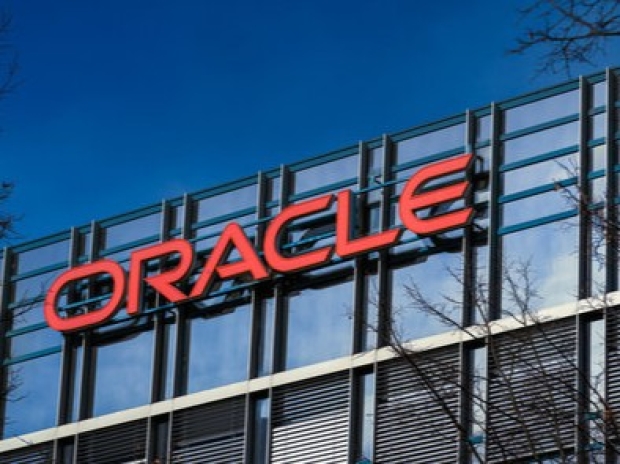Peers on the Nasdaq Composite, Microsoft, and the Dow Jones US software index have barely budged, leaving Oracle’s near $60bn loss looking grim. One “astonishing quarter” has cost Big Red about the same as one General Motors or two Kraft Heinz.
Investors are twitchy because Big Red is betting on a debt-fueled data farm at OpenAI. Analysts are looking up from their dusty books, worried that Oracle is becoming OpenAI’s proxy on US public markets.
The theory claims OpenAI is racing to discover AGI and that only Oracle can scale the compute grunt needed. The company boasts the lowest upfront costs and the fastest route to revenue among hyperscalers because it rents its data centres instead of owning them.
Another view is that Oracle lacks rivals' operating profit, so it is throwing every last chip at its one giant customer in return for an IOU that may take years to redeem.
At an analyst day in Las Vegas last month, Oracle said it aimed to reach $166bn in cloud revenue by 2030. Its capex for the financial year to May is $35bn, and analysts see annual capex flattening at about $80bn by 2029 while revenue keeps climbing.
From 2027, the bulk of Oracle’s revenue is forecast to come from OpenAI, which looks somewhat like putting all one’s eggs in a single and slightly hyperactive basket.
Net debt already stands at 2.5 times EBITDA, up from 1.25 times in 2021, and analysts expect it to double again by 2030. Five years of negative cash flow are pencilled in, which leaves even seasoned investors raising their eyebrows.
The OpenAI agreement has already been marked down in the equity, but the spectre of unfunded expansion lingers, and hedging Oracle debt now costs more than it has in three years.
The usual caveats apply because credit default swap liquidity is patchy, and demand has risen since Oracle flogged $18bn of bonds in September.
A few months ago, any hint of a tie-up with the AI darling could shove a share price higher. In October, OpenAI nabbed AMD warrants in a chip pact that sent AMD stock up 24 per cent. But that halo effect appears to have become a curse.
Broadcom and Amazon's share prices have drifted after OpenAI announcements, and Nvidia has barely moved since its September agreement. When the share price barely twitches, $1 trillion of collective AI capex begins to look less like destiny and more like a fashion that may already be fading.

